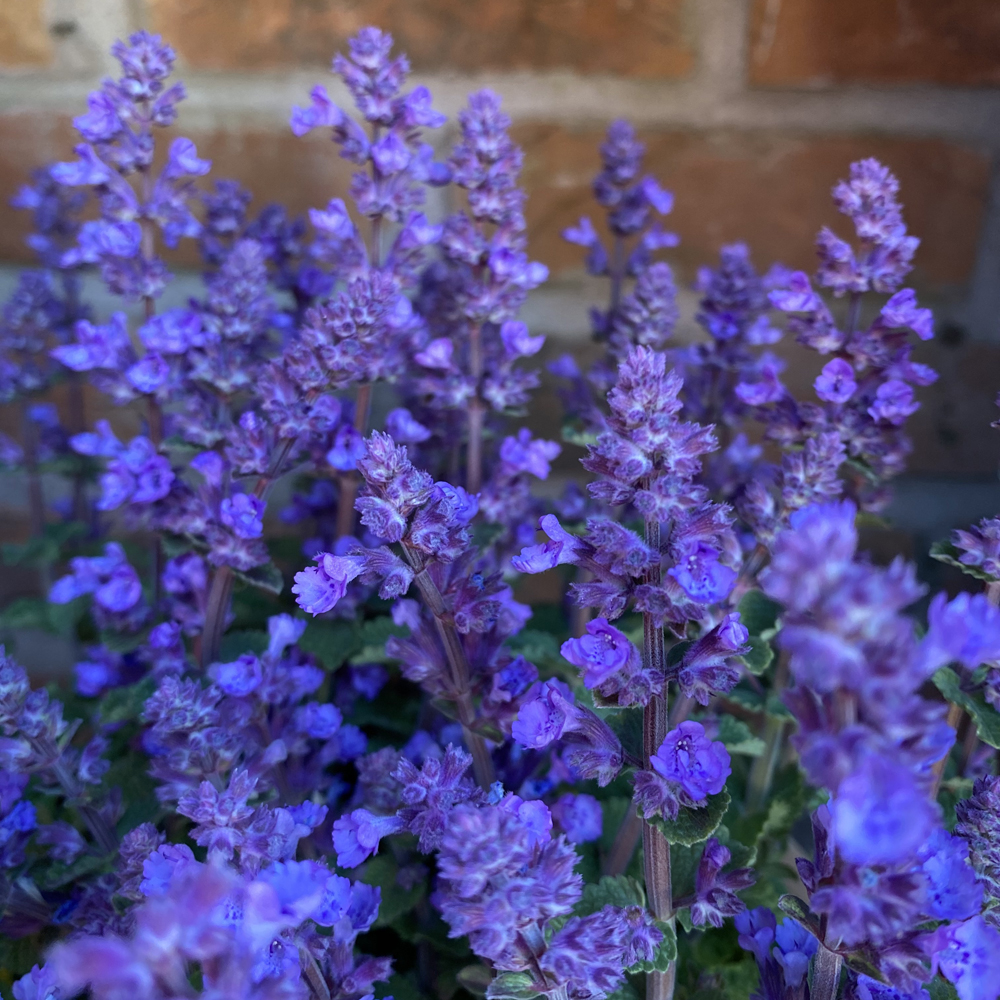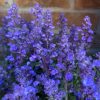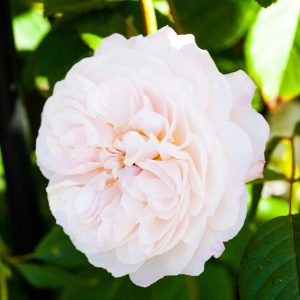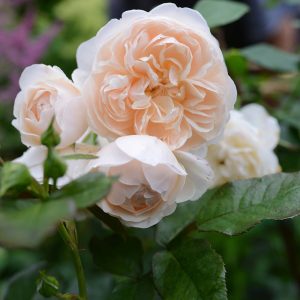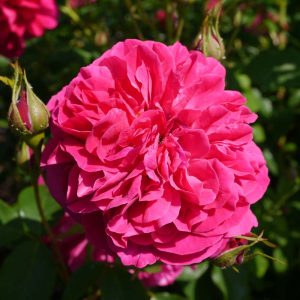Description
Nepeta, commonly known as catmint, is a hardy and versatile perennial that adds a splash of color and texture to any garden. The plant features gray-green leaves and produces spikes of lavender-blue flowers from early summer to fall. Nepeta is an excellent choice for attracting pollinators like bees and butterflies to the garden. It grows best in full sun to partial shade and well-drained soil. Nepeta pairs well with other perennials like echinacea, salvia, and rudbeckia, which create a colorful and attractive cottage garden look. Alternatively, it can be used as a ground cover or planted in rock gardens for a low-maintenance and visually appealing option.
Key Facts
- Common Name(s):Catmint ‘Cat’s Pajamas’
- Hardiness:Fully hardy
- How big will I get? Nepeta ‘Cat’s Pajamas’ can grow to a height of 0.3m and a spread of 0.5m.
- Did You Know That:Nepetalactone is the chemical in Nepeta that attracts cats?
Plant Calendar
A rough guide to how this plant will change through the year.
| Jan | Feb | Mar | Apr | May | June | July | Aug | Sept | Oct | Nov | Dec | |
| Flowering Time |  |
 |
 |
 |
 |
|||||||
| Foliage Colour |  |
 |
 |
 |
 |
 |
 |
 |
 |
| J | F | M | A | M | J | J | A | S | O | N | D |
 |
 |
 |
 |
 |
|||||||
 |
 |
 |
 |
 |
 |
 |
 |
 |
Care Guide

Soil Requirements
Nepeta ‘Cat’s Pajamas’ prefers soil with good drainage and does not tolerate standing water. This plant can grow in soil with a wide range of pH levels, it is not picky about the pH level of the soil.

Best Position
Nepeta ‘Cat’s Pajamas’ can handle either an exposed or a sheltered position and requires full sun to thrive, this consists of more than six hours of direct sunshine per day.

Maintenance
Nepeta ‘Cat’s Pajamas’ should be trimmed once the plant has finished flowering in early Autumn. This will keep the plant nice and compact. Not totally necessary however you could end up with some woody growth with no flowers around the base of the plant if you neglect this.

Pest, Diseases and Wildlife
Nepeta ‘Cat’s Pajamas’ can have problems with slugs and snails, it can be vulnerable to certain diseases such as powdery mildews. It is also known to attract bees and butterflies. It is not considered to be toxic.
